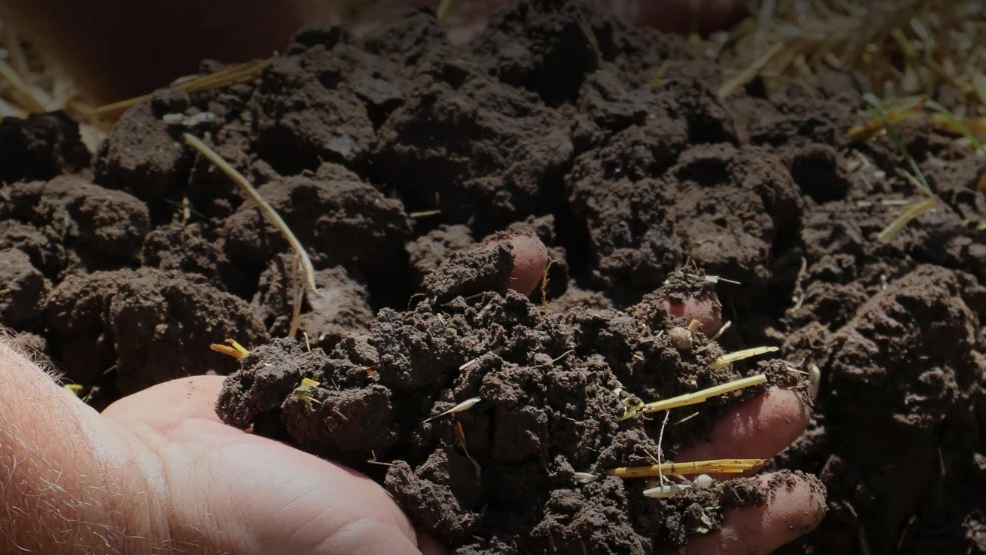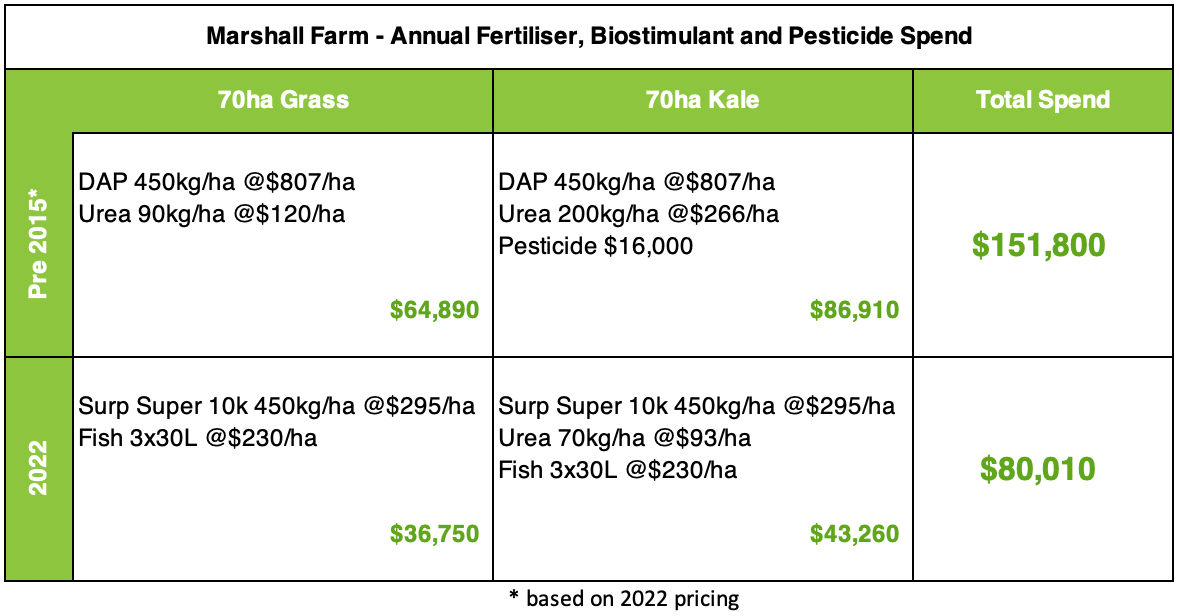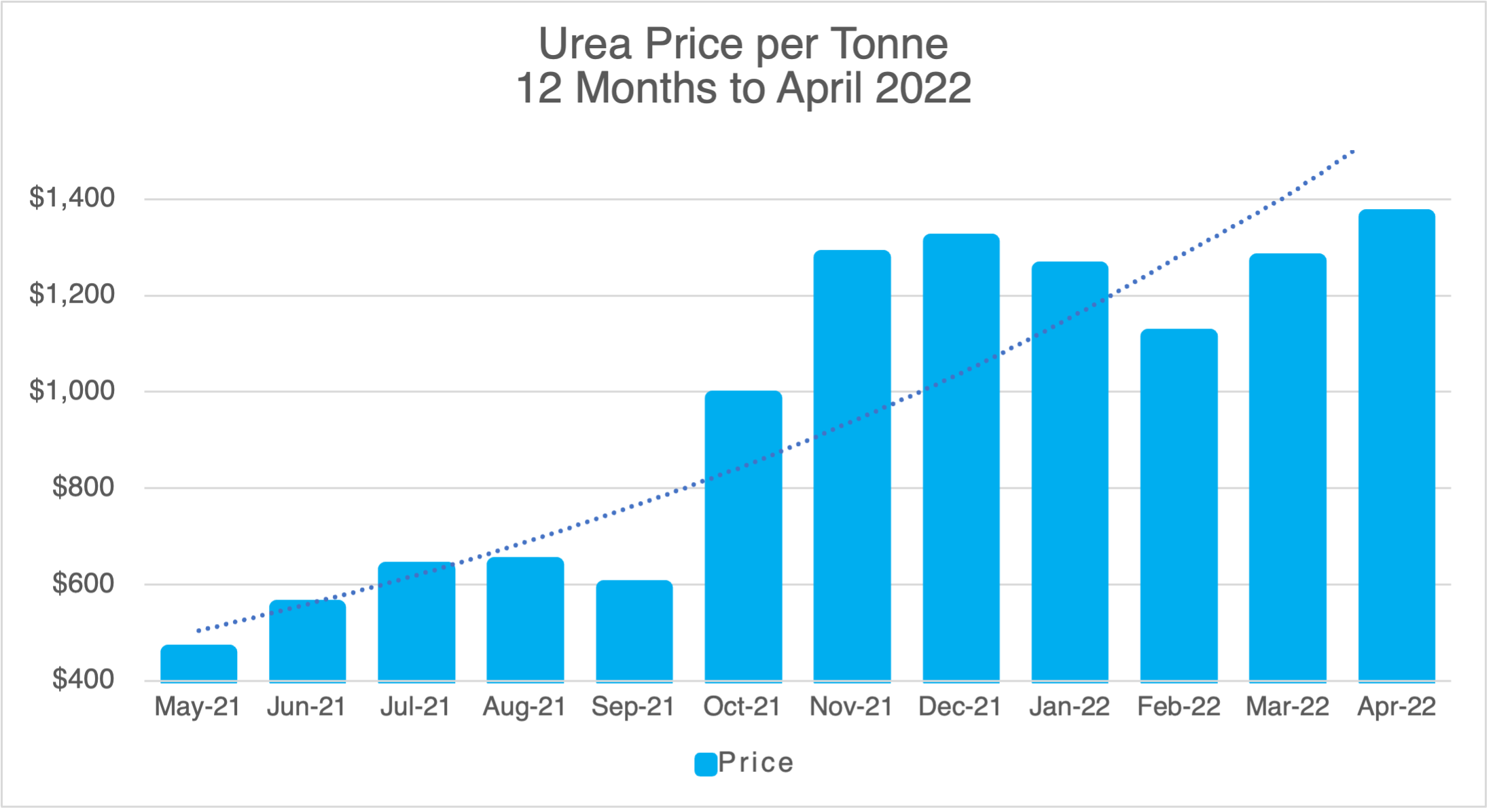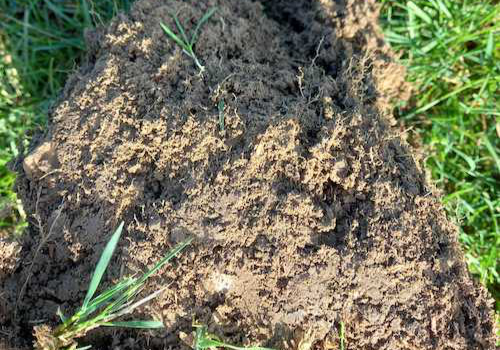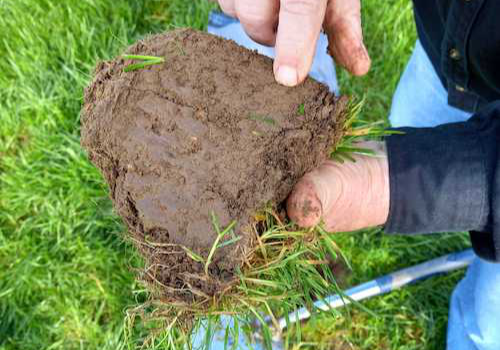Predicting the weather is a tough gig. Because of our place in the Pacific Ocean New Zealand can sometimes buck international weather trends relating to La Nina and El Niño – for example we had two moderate wet years with this past La Nina but the country has more than made up for that with the ‘big wet’ in the North Island over the past six months.
We know that El Niño is now on its way with NIWA predicting this weather pattern to settle over New Zealand for the next few years. In general, El Niño events tend to bring drier conditions to the east coast of New Zealand and wetter conditions to the west coast. This can lead to droughts in the east and flooding in the west. The 1997/98 El Niño event was one of the driest on record in New Zealand, and it caused significant damage to crops and livestock.
Because of the associated droughts, floods and warmer temperatures, El Niño events can also lead to other problems for farmers, such as:
- Increased pest and disease pressure: Warmer temperatures can favour the growth of pests and diseases, which can damage crops.
- Reduced crop yields: Droughts and floods can reduce crop yields, which can lead to financial losses for farmers.
- Increased feed costs: If droughts reduce pasture growth, farmers may need to buy more feed for their livestock, which can increase their costs.
Prior Planning…
There are a number of things you can do to prepare for El Niño events.
- Monitor weather forecasts and be prepared to adjust farming practices as needed. Have a plan in place with set dates for decisions based on climate conditions. Ratify and test your plan with trusted advisors.
- Drought-proof crops by building soil fertility. For every one percent increase in soil organic matter, your soil to holds an additional 200,000 litres of water per hectare. Heightened water holding capacity means crops are more resilient through times of drought or heavy rain.
- Have a plan for dealing with pests and diseases that come with the warmer temperatures.
- Manage available feed: Implement and monitor a feed budget to meet your planned stock numbers, and act on deficits early. Consider prioritising stock classes for destocking early in case it is required and feed the remaining stock as well as possible to maximise income.
For decades, the focus in New Zealand has been on addressing the chemical attributes of our soils. When performance is required but response is dropping off, more chemicals equalled more growth. But soil, as we are taught, is a three-legged stool with nutrient (chemical), biological and structural needs to thrive. With legislation and rising costs, farmers are now looking at addressing the neglected leg of the stool – biology – to promote soil health and give mother nature a chance to provide and recycle nitrogen and other nutrients in the soil.
What is Healthy Soil?
Soil health can be simply defined as “the capacity of the soil to function.” Important soil functions include water flow and retention, solute transport and retention, physical stability and support; retention and cycling of nutrients; buffering and filtering of toxic materials; and maintenance of biodiversity and habitat. Fertile soils teem with microorganisms, which directly contribute to the biological fertility and functions of that soil.
In addition to fertility, soil microorganisms also play essential roles in the nutrient cycles that are fundamentally important to life on the planet. In the past, agricultural practices have failed to promote soil health through healthy populations of microorganisms. Not doing this limits production yields and threatens sustainability.
Soil fertility is the ability of a soil to provide the nutrients that plants need to grow and thrive. It is what mother nature has done on this planet for millions of years successfully without intervention.
Some Good News
The more fertile the biology of the soil, the lower the dependence on chemical fertilisers. This means that you can work within existing fert budgets to transition from high use synthetic nitrogen (where often 75% of N applied does not reach the plant due to abiotic conditions such as rain and dry) to a lower usage of N as your natural soil fertility develops.
Fertile soils with more fungal and microbial activity and diverse roots have a high concentration of organic matter, which helps to improve the soil’s structure, water retention capacity, and drainage.
Here are some of the ways in which soil fertility protects against drought:
- Increased water retention: Soil organic matter helps to hold water in the soil, making it available to plants for longer periods of time. This is especially important during droughts, when water is scarce.
- Reduced water evaporation: Soil organic matter also helps to reduce water evaporation from the soil surface. This is because it forms a layer that helps to insulate the soil and prevent water from evaporating.
- Improved root growth: Fertile soils provide plants with the nutrients they need to grow strong roots. This helps plants to access water and nutrients from deeper in the soil, which is important during droughts.
- Increased drought tolerance: Plants that grow in fertile soils are often more tolerant of drought than plants that grow in less fertile soils. This is because they have better root systems and are able to access water and nutrients more efficiently.
Improving Soil Fertility
- There are a number of things that can be done to improve soil fertility:
- Adding organic matter: This can be done by incorporating compost, manure, or other organic materials into the soil.
- Feed you soil microbes. Like any living organism, soil microbes need food to exist. The amino acids and peptides which of hydrolysed whole salmon from Fish IT are a perfect source of food to get your microbial and fungal activity working hard to develop soil fertility.
- Crop rotation: Rotating crops helps to keep the soil healthy and prevent nutrient depletion.
- Cover cropping: Cover crops are planted during the off-season to help protect the soil and improve its fertility.
- Conservation tillage: Not necessarily no-till but certainly low-till. Conservation tillage practices help to protect the soil’s organic matter and structure.
Take Action
It seems quite conclusive that New Zealand is on a path to drier summers in the North Island and all but the West Coast on the South Island. You can and should be thinking now about the path forward now.
Fish IT Refined offers you the opportunity to feed your microbiology and build fertile soil. Remember, every one percent increase in organic matter generates a 200,000 litre per hectare water holding capacity. As Rachel Hunter once said “it won’t happen overnight but it will happen” – this is also true of taking a path to address your soil health. But then El Nino is going to be hanging around for a while so it might be a good time to start now
Call us on 0800 FISHIT or send us an email to learn how to get started.

